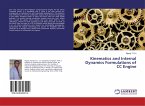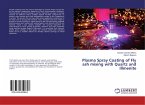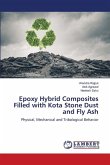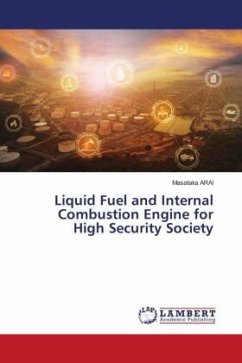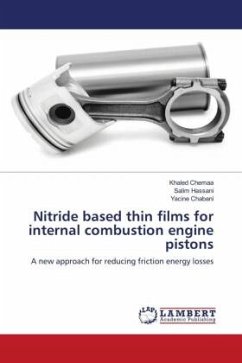Deposits and ash in internal combustion engine become trouble sources in long term operation. Carbonaceous deposits formed in liquid fuel coking, and ash from fuel/lubricant are typical deposits. Also Urea degradant is a kind of deposits in SCR system. Here physicochemical deposition processes are reviewed and explained. Injector deposits, deposits in combustion chamber wall and piston ring groove, EGR cooler deposits, and ash deposition in DPF/GPF result performance deterioration but sometimes ash covered surface shows positive effect to reduce heat loss through the wall and to promote catalytic effect in DPF/GPF. Biodiesel ash deposition mechanism is now under researching and might be solved near future. Detailed explanation with many figures and tables in this article will be a chart of deposit and ash reduction researches in the future.
Hinweis: Dieser Artikel kann nur an eine deutsche Lieferadresse ausgeliefert werden.
Hinweis: Dieser Artikel kann nur an eine deutsche Lieferadresse ausgeliefert werden.


